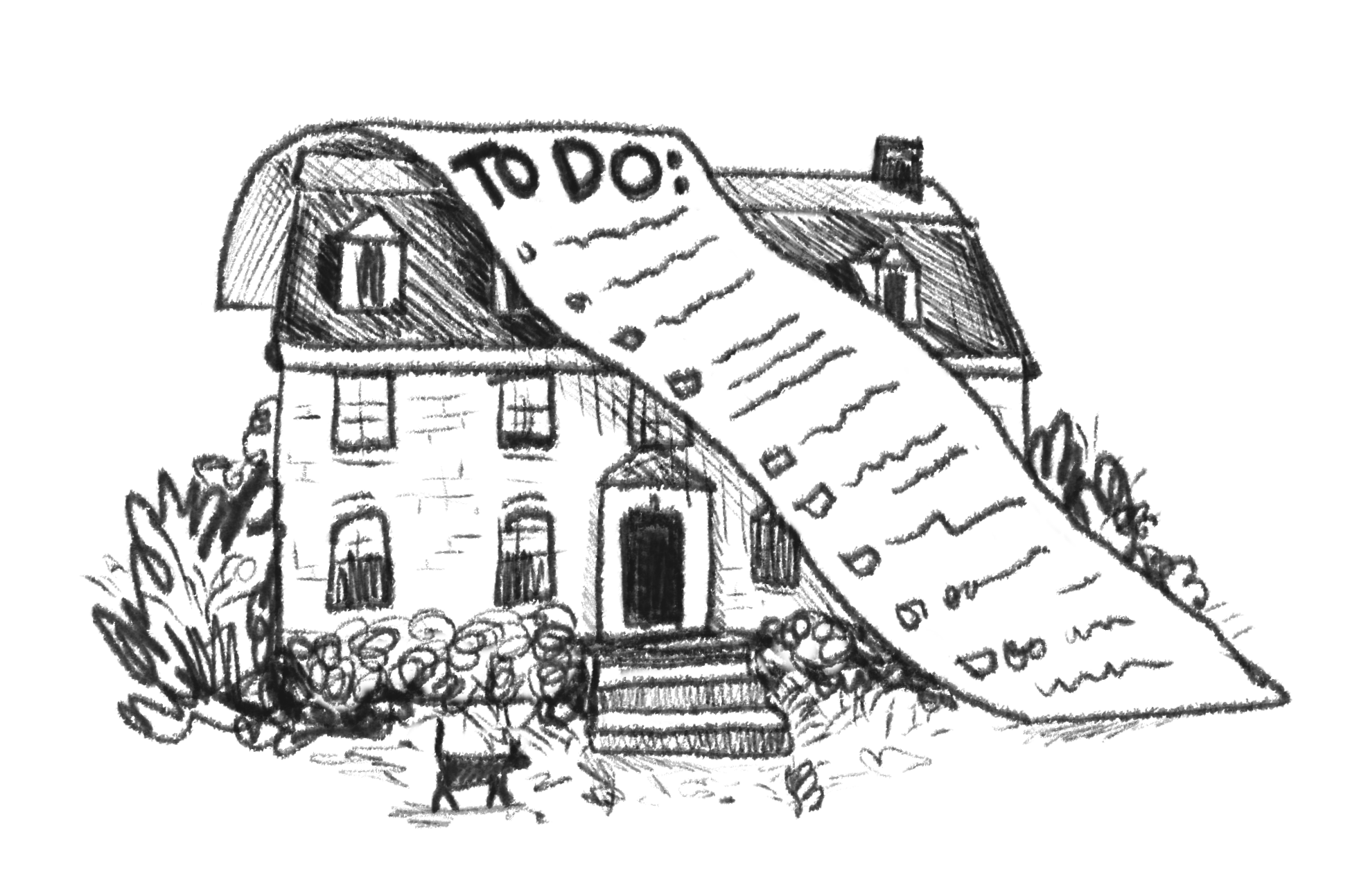A sober look at the college houses
February 10, 2023
 This
piece represents the opinion of the author
.
This
piece represents the opinion of the author
.
 Sophie Burchell
Sophie BurchellTwo weeks ago, Reed House had its first meeting of the semester. About two-thirds of its members were there, the rest rarely show up to meetings anymore. As I looked around the room, I couldn’t say I knew all of the faces very well. A few were my friends, others acquaintances and some I barely said hi to. As we talked about hosting our open house for first year students applying for next year, I realized how little I knew about what it was actually like to live in a house when I was applying.
What seemed like the most appealing part of living in the college house compared to a first year brick was the community. I was stoked to hang out with the 28 other people that I would live with in a giant house. In reality, it feels a lot more like a brick than I’d like to admit. At the start of the fall semester, all the college house students attended training focused on how to run a house. I learned how to register events, but I didn’t spend time getting to know my housemates. Especially this semester, I hardly feel incentivized to get to know them since we’ve already made it five months only saying “hi.”
Additionally, because each applying block got placed in houses by ResLife, there were very few people that wanted to be in Reed for a specific reason. As a result, everyone seems to have a different vision for what it means to live in a house. Some people are really excited about events that will get as many people as possible to Reed. Others want to throw smaller events for the house itself and some aren’t interested in event planning at all.
Event planning strikes at the other difficulty of being in a house: ResLife. Each house member is on a committee responsible for throwing different types of events. ResLife requires each committee to host two events per semester. This turns a process that should be creative into what effectively feels like a homework assignment. The College’s desire to make houses “the living rooms of campus” (per the Bowdoin website) puts pressure on house members to make events for the sake of other students while forgetting to actually have fun planning events themselves.
On the other hand, living in a house can be surprising and joyful. A few nights ago, I came home late to discover a neighborhood cat had taken shelter in our kitchen to get out of the cold. Those of us who were awake had to return the cat home, and it was a hysterical midnight adventure. During the recent extreme cold, a ton of us stayed in and hung out. During our most recent house meeting, we spent more time joking about our Instagram instead of debating whether or not to throw a Valentine’s Day-themed party. Small moments like these make me happy that I chose to live in a house way more than any “successful” party we’ve thrown. At the end of the day, I think anyone interested in living in a house should think very intentionally about the type of community they want to be a part of, and how the houses can serve that vision rather than what ResLife expects a house to look like.
Benny Adler is a member of the Class of 2025.
Comments
Before submitting a comment, please review our comment policy. Some key points from the policy:
- No hate speech, profanity, disrespectful or threatening comments.
- No personal attacks on reporters.
- Comments must be under 200 words.
- You are strongly encouraged to use a real name or identifier ("Class of '92").
- Any comments made with an email address that does not belong to you will get removed.

The college houses need to go back to their old structure. Having a small core team (Two house chairs and two social chairs) allows for the house chairs to encourage participation in the house itself (i.e., making people come to meetings, being strict with planning events, encouraging bonding, etc.) and allows the social events to be organized/facilitated by the social chairs. I think that the current system leads to weird fractured roles within the house and changing the system has definitely contributed to the fraction that Benny describes so aptly in his article. Reslife, you need to do better with this organization and stop changing things that aren’t broken every single year.